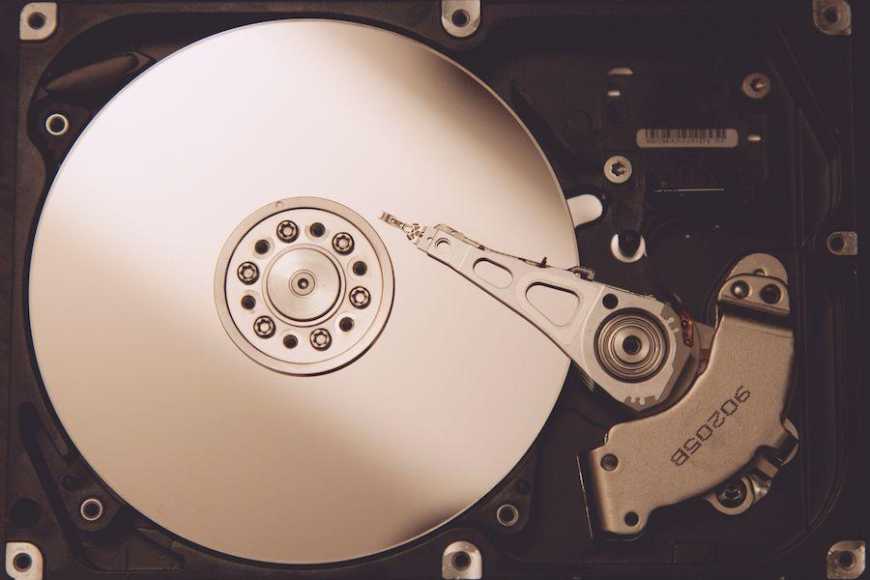Why use backup software for your PC? The technology used, especially for storage, is not infallible and the hardware will not last forever.
If you do not back up your data frequently, when the inevitable accident or system error occurs, you will lose your precious files.
It would be nice if Microsoft itself provided Windows users with something like Apple’s Time Machine. An effective solution that requires only once the configuration for total system recovery and backup.
Instead, Microsoft offers simple recovery points, recovery disks, file backups and even System Backup.
Online backup services are another very good option, but PC programs offer much more flexibility and more features to choose from.
A lot of sellers have taken a step forward with good alternatives, and while no one is as fluid or transparent as Time Machine, some programs are damn near in terms of features and many are free.
Best general backup program
Acronis True Image wins our choice for the best backup software with its speed- it’s the fastest global backup program we’ve tested among many. It also has almost every feature you could wish for, including affordable online storage.
You can run up to six backgrounds simultaneously by default, a program that behaves like an industry champion.
Best economic backup program
Among the free programs we have tested, Backupper Standard has won over all because it has the most features, including imaging, file backup, disk cloning and simple file synchronization, plus multiple scheduling options. Of course, its bitmap interface for many may be retro, but the layout and functions are very intuitive. And although it’s slower for file set backup, it’s the fastest software we’ve tested so far for backing up full disks and partitions. CPU usage during backup is also commendable.
What to look for in backup software
As with most things, you do not have to spend who knows what numbers to find an excellent quality program. Features that you do not need to add complexity and slow down your system. Also, if you intend to back up to a newly purchased external hard drive, check the software provided with it. Seagate, WD and others provide adequate backup utilities for the average user.
File backup– if you only want to back up data (operating systems and programs can be reinstalled, even if it takes time and effort), a program that only backs up selected files is a significant time saver . Some programs automatically select the appropriate files. How do they do it? Automatically copy the contents of some particular Windows folders, such as Documents, Photos and Videos.
Image backup / Imaging– images are instant bytes per byte of the entire hard disk (normally without empty sectors) or partition and can be used to restore both the operating system and the data. Imaging is the most convenient to restore in the event of a system crash and also ensures that nothing important is lost.
Bootable media– If the system completely shuts down, an alternative way to start and run the recovery software is required. Any backup program should be able to create a bootable optical disk or USB stick. Some will even create a recovery partition on the hard disk, which can be used if the hard disk is still operational.
Planning– if you intend to perform the backup effectively, you must run it regularly. Any noteworthy backup program allows you to schedule backups.
Versioning– If you overwrite previous files, this is not a backup, but a one-way sync or mirroring. Any backup programs you use should allow you to keep several previous backups or back up files, previous versions of the file. The best software will maintain and select the oldest backups based on the established criteria.
Optical support– all backup programs support hard disks, but as obsolete as they may seem, DVD and Blu-Ray discs are excellent storage media. If you are concerned about the reliability of optical media, M-Disc says its records have been reliable for thousands of years, statements supported by the Department of Defense tests.
Online Support– An offsite copy of data is a cover against physical disasters such as floods, fires and surges. Online storage services are a great way to keep a copy of your data in a different location. Backing up to Dropbox and the like is a nice feature.
FTP and SMB / AFP– backing up to other computers or NAS boxes on the network or in remote locations (for example, the parent’s home) is another way to physically safeguard data with a copy on other devices.
FTP can be used for offsite, while SMB (Windows and most operating systems) and AFP (Apple) are good for other PCs or NAS on the local network.
Real Time– Real- time backup means that files are backed up every time they change, usually at the time of creation or a new save. It is also called mirroring and is useful for keeping the copy of data constantly updated.
For more stationary data, however, it is not convenient to rely on real-time backup. Having the copies aligned is certainly a cool but the consumption of machine resources is really excessive. In these cases it is better to rely on periodic backups.
Continuous backup– in this case, “continuous” simply means to back up periodically every 5 or 15 minutes, rather than every day or every week. When to use continuous backup? When dealing with fast-moving data, where transfer speeds are too slow or the computing power is too valuable for real-time backup.
Performance– Most backups proceed in the background or during downtime. This means that performance does not pose a big problem in the consumer space. However, if you back up multiple machines or multiple destinations or use very large data sets, speed is an important consideration that should not be underestimated.
Are you using any other backup software for Windows? Let us know in the comments!

